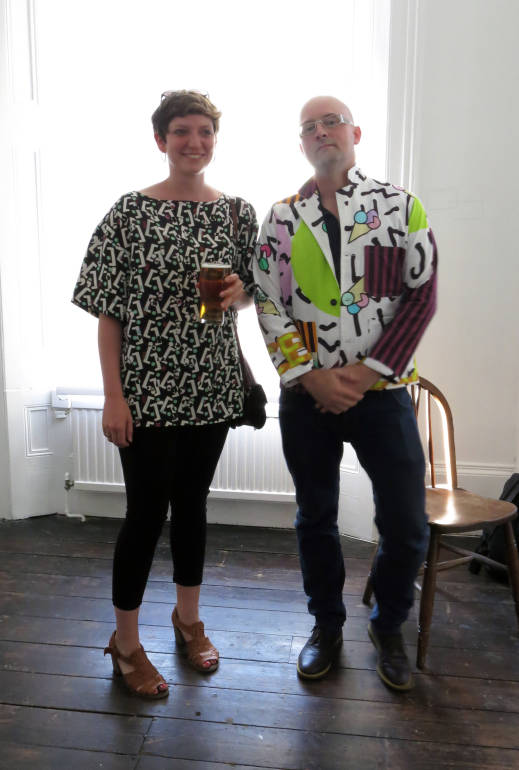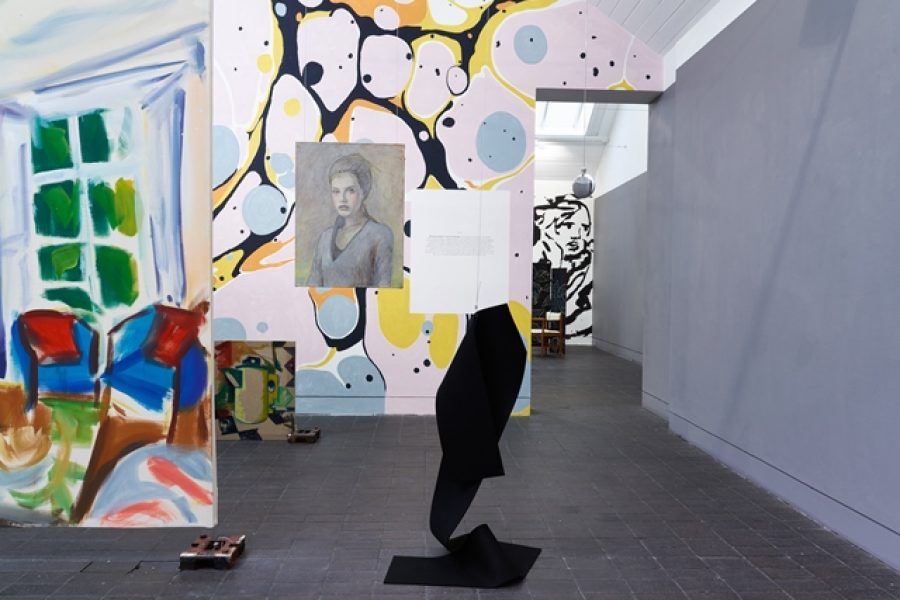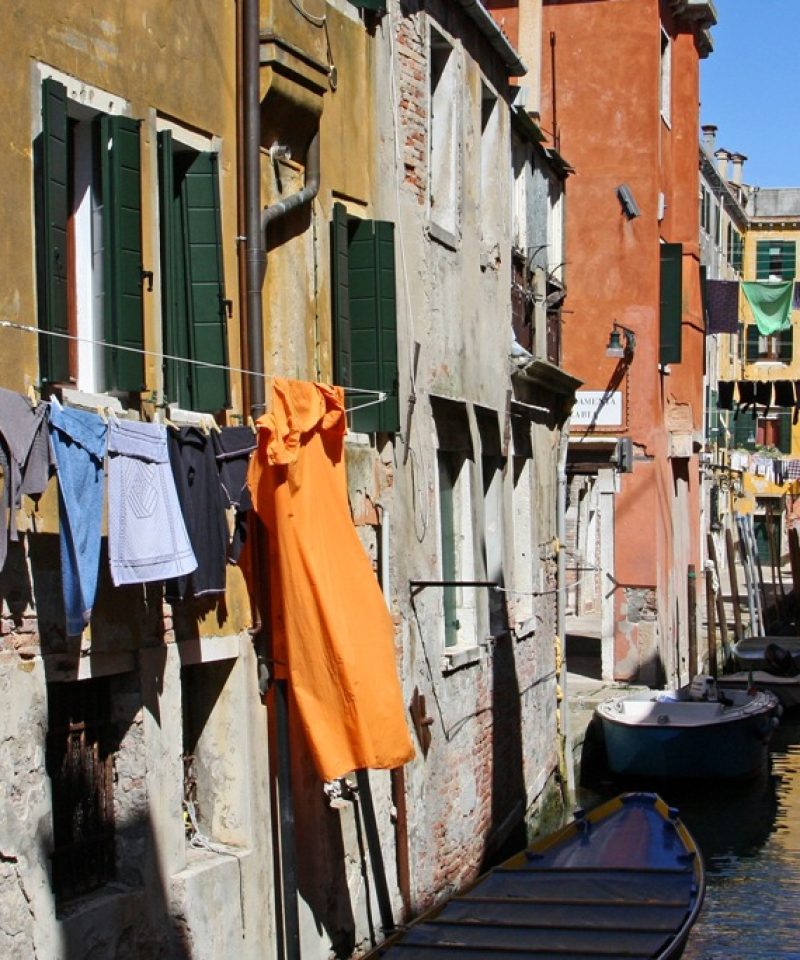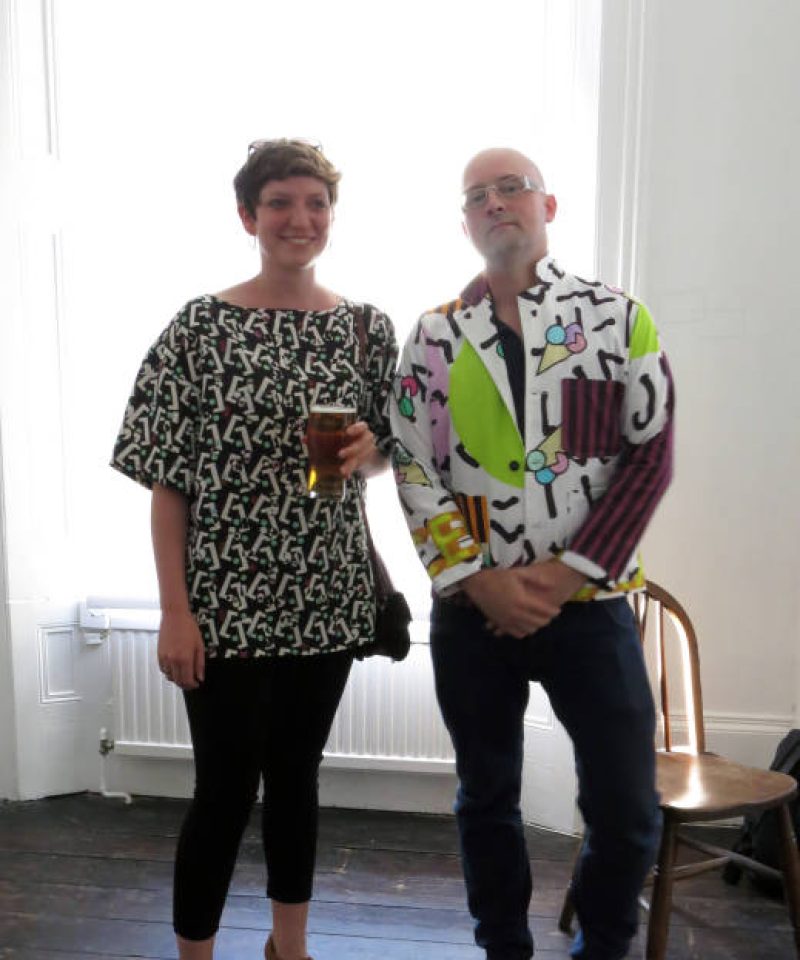I am on the train to the opening of Jerwood Encounters: The Grantchester Pottery Paints The Stage, curated by The Grantchester Pottery. The exhibition includes work by each of the artists, makers and designers who have made work as part of The Grantchester Pottery. I am Writer in Residence at Jerwood Visual Arts from today until the end of February and then again for July and August. I have known The Grantchester Pottery since they began to work together. I had the privilege of curating the first public showing of their work at Wysing Arts Centre in 2011 and we have stayed in fairly regular contact since, working together from time to time. I am currently wearing a top designed by The Grantchester Pottery as part of a clothing range launched in the summer at an event organised by Her Eyes and My Voice and hosted at Gowlett Peaks, a programme I was running in Peckham. It is black shot silk with a pattern in mint green and claret devised from punctuation. I am afraid that by wearing this beautiful garment and reminding The Grantchester Pottery that I am in ownership of it I will invite them to ask for its return.
The Grantchester Pottery is a construction. It is a workshop and an approach to making. It is two people (Giles Round and Phil Root), their circle of friends and people whose work they admire. It is, in this sense, a familial structure that recalls biographer David Gadd’s description of The Bloomsbury Group: ‘[t]he circle of writers, artists and intellectuals to whom the name is attached was an informal group of close friends, and it was nothing more.’(1.) Its name evokes a sunny place in the early Twentieth Century where friends discuss ideas, eat, drink and swim. The Grantchester Pottery is a fictional proposition. Its name shrouds the group in mysterious anonymity. The Grantchester Pottery is not a collection of ceramicists and they are not based in Grantchester. There is, as Giles, Phil and I found out, a potter in 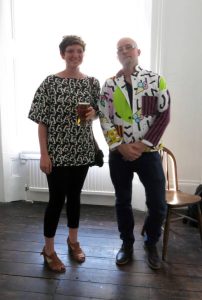 Grantchester already. In fact, if I had to root their work in one medium, I would say that The Grantchester Pottery is primarily concerned with painting.
Grantchester already. In fact, if I had to root their work in one medium, I would say that The Grantchester Pottery is primarily concerned with painting.
The Grantchester Pottery take their form and structure, in part, from art historical precedents. They are not beholden to the past and do not in any way replicate it, or even treat it with much reverence, but certain ideas and movements have impacted on their thinking. From time to time The Grantchester Pottery borrow Omega Workshops’ title, ‘Artist Decorators’. Like Roger Fry’s Omega Workshops Ltd., the Grantchester Pottery’s work is concerned with removing the false division between the fine and decorative arts. Also like the Omega Workshops, The Grantchester Pottery makes work anonymously, the collective endeavour being more important than the individual voice. The fictional construction and the communal name allow the group to expand and contract, inviting and absorbing other people, their ideas and making.
Making and production, both practical and theoretical, form the defining structure of The Grantchester Pottery. The Ceramics Studio at Wysing where Giles and Phil began to talk and make work, sometimes with coffee, sometimes with wine, has become a conceptual and practical home. In 2012 Giles and Phil decorated the studio with murals, a gesture that simultaneously made an offering to the site from which The Grantchester Pottery arose and stated that the studio was the group’s conceptual home and practical base. Interestingly, Giles and Phil do not own the studio. In fact they do not formally own any studio space. In many ways their production processes are post-studio. They have a roaming practice that uses each site of display as a site for production.
The loving decoration of the ceramics studio, though, showed an investment in place that situated the studio as a social and productive meeting place in the  mode of Charleston, Vanessa Bell and Duncan Grant’s home in Sussex or Red House (but with less laudanum). This activity added to the development of the group’s fictional narrative or creation myth. Red House, William Morris’ short-lived but much-loved home and base, was a collaborative effort in which furniture was used as the bearer of personal messages between friends. (2.) The architectural design for Red House was created by Morris and Philip Webb, and the interior was developed over time, by a number of Morris’ friends and peers on workday visits and holidays. One gets a sense of the growth of a shared vocabulary of references in The Grantchester Pottery’s work with conversations becoming embedded in objects, shapes and colours.
mode of Charleston, Vanessa Bell and Duncan Grant’s home in Sussex or Red House (but with less laudanum). This activity added to the development of the group’s fictional narrative or creation myth. Red House, William Morris’ short-lived but much-loved home and base, was a collaborative effort in which furniture was used as the bearer of personal messages between friends. (2.) The architectural design for Red House was created by Morris and Philip Webb, and the interior was developed over time, by a number of Morris’ friends and peers on workday visits and holidays. One gets a sense of the growth of a shared vocabulary of references in The Grantchester Pottery’s work with conversations becoming embedded in objects, shapes and colours.
The production processes of The Grantchester Pottery sit somewhere between Memphis and Morris & Co. The importance of the handmade is obvious in their work. The ‘camaraderie and joyfulness in labour’, described as a key element in Morris’ vocation by Fiona MacCarthy in the current show ‘William Morris: Anarchy & Beauty’ at the National Portrait Gallery, is apparent in The Grantchester Pottery’s ceramics, painting and fabrics. (3.) The work is imperfect in a painterly, gestural way. The group could outsource all making to ensure the production of identical and symmetrical vessels, but they don’t. The process of learning and experiencing materials, of making together and with others is important to them. Like Morris they have set up a certain amount of facilities with which they can produce work. Other works are developed with specialist makers. They tell me that if they were to mass-produce an item they would be more interested in a narrative and concept than the finished, polished outcome.
Their approach is also akin to that of Californian artist Peter Shire or Memphis’ Etore Scottsass, who used glue in the making of ceramics and glass respectively as a way to ‘depart from… the hermetic milieu of specialized skill’. (4.) The imperfections and signs of production in The Grantchester Pottery’s works signal their methods and intentions. They demonstrate a relationship with the work and a conversation in the studio. Giles and Phil have spent time rolling clay, playing with and delighting in the alchemy of glazes and working out how raw canvas takes paint. They want you to see that. One of many ways in which they differ from Memphis is in their relationship to making. Etore Scottsass stated that Memphis designs could be machine-made, which although not strictly true (his Carlton sideboard is a good example of something that would be far too fiddly and complex for a machine) underscored the point that the ideology of craft revival was not at the heart of their thinking. (5.) (Having said this, I should also note that Memphis were in fact heavily reliant on the innovation of Italian fabrication and design.)
I am not claiming The Grantchester Pottery as craft revivalists. As I have noted, they are interested in corroding the line between the craftsperson/artisan/maker, the designer, the artist and the theorist. Their work is just as much about conceptual and theoretical making as it is about handling wood, paint and fabric. The group frequently work with others to fabricate certain work (including ice cream, clothing and a metal mural). It would be misleading to state that The Grantchester Pottery collaborate with every artisan and craftsperson who is involved in their production. Some, with whom they work closely, including graphic designers, weavers, artists and writers are acknowledged, while other relationships follow a more traditional contemporary art approach whereby works are fabricated by un-named expert makers. I do not want to get into a complex discussion of craft and the division of art and craft over the past 200 years here, but that is something I may explore in later texts.
The Grantchester Pottery take strong cues from these historical precedents but their work is not defined by the past. It is not nostalgic. It does acknowledge, but does not mimic its predecessors. It asks: what does it mean to employ these strategies now? How does this work with or against contemporary production, technologies and notions of the role and status of the artist, designer and maker? Why is there still such a division between the useful, the decorative and the conceptually-led? I do not wish to romanticise The Grantchester Pottery’s processes or history. Their work does not come from heroic gestures. It draws on a quietly subversive British history of modernist art and design. Its core is formed of shared activity and friendship. Other programmes, theorists, makers and artists are currently exploring this but what draws me to The Grantchester Pottery’s work is its grounding in a collaborative making process that enacts what it proposes and discusses.
This is what I know of The Grantchester Pottery. I know that Giles is an amazing cook who has a deep knowledge of modern art and design and that Phil listens to lectures while he is driving, has a pretty good understanding of European philosophy and doesn’t like Žižek. What I do not yet know is how they have worked to make their current exhibition, how they arrived at the stage set that they are developing or what the work will look and feel like. I do not know how the stage will be activated now that it is painted. But I hope I get to keep my top.
- David Gadd, The Loving Friends (London, 1974)
- National Portrait Gallery, William Morris: Anarchy & Beauty, Curated by Fiona MacCarthy
- National Portrait Gallery, William Morris: Anarchy & Beauty, Curated by Fiona MacCarthy
- Catharine Rossi, Making Memphis: ‘Glue Culture’ and Postmodern Production Strategies, Postmodernism: Style and Subversion, 1970-90 (London, 2011)
- Catharine Rossi, Making Memphis: ‘Glue Culture’ and Postmodern Production Strategies, Postmodernism: Style and Subversion, 1970-90 (London, 2011)
